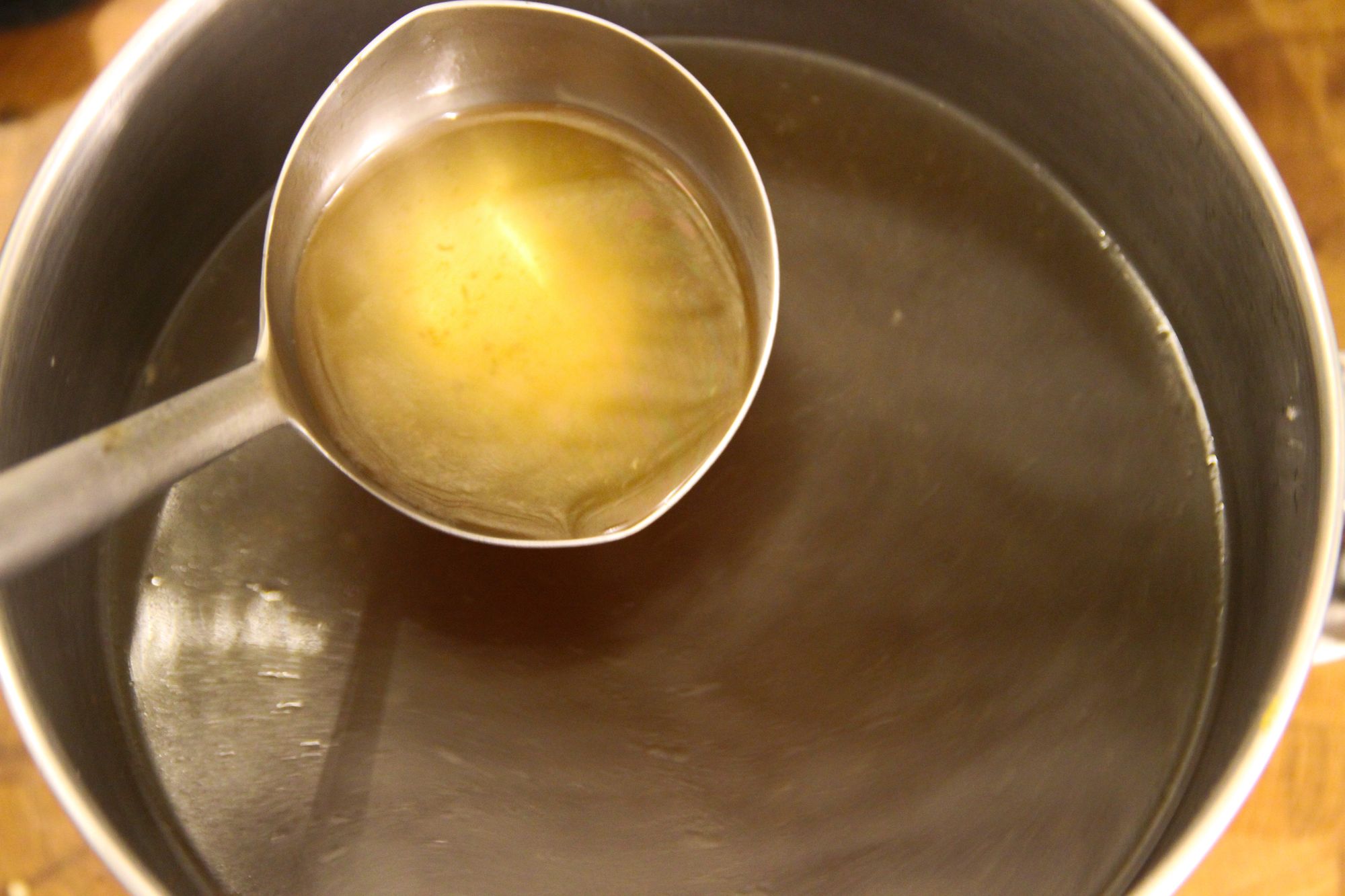By Maya Glantz, 3rd Year History of Art
The Croft Magazine // Food, for many, is one of the most tangible ways to feel connected to your culture, a dish passed down through generations, a uniting flavour bonding a group of people through a shared love of traditional dishes, a smell that is able to immediately transport you to a place and time; some foods just feel like home. For me, no food encapsulates the feeling of home more than my mum’s chicken soup. I’m fairly certain this is the same answer you would get from any Ashkenazi Jewish person, and I’m equally sure that they would all insist that their mum’s recipe is, in fact, the best.
Chicken soup holds its place as one of the most iconic dishes in Jewish culture, though variations on the dish can be found across the world, dating back to ancient China. The dish’s popularity largely came from the strongly held belief in its medicinal properties, which still ring true today, with it often referred to as ‘Jewish penicillin’. Although this nickname came about after the Second World War, this idea has been circulated since the 11th century, when Jewish philosopher Maimonedes encouraged pregnant women to eat chicken soup on account of its healing properties. Maimonedes went as far as claiming it to be a cure for both asthma and leprosy and while these claims are obviously not based in scientific fact, recent studies have found chicken soup to hold some efficacy with curing a common cold.

The smell of chicken soup would fill the house towards the end of every week, with the process beginning on Wednesday evening - the soup would sit reducing on the hob all of Thursday, meaning we had to wait two long days until we were finally able to enjoy the fruits of our mothers labour on Friday night.
My sister exercised her maturity through her dedicated role of chicken soup strainer; I doubt her job of holding a colander in place had much impact on the final flavour of the soup but she was always sure to remind me, and any guests, of her involvement in the process. Although this was a dish traditionally reserved for Shabbat, we didn’t feel the need for a specific occasion to enjoy a bowl of chicken soup. An extra batch was always made and stored in the freezer for bouts of illness or, at one stage, when my older sisters had taken to refusing breakfast before school, in typical Jewish-mother style refusing to let her children leave the house on an empty stomach, my mum would serve it to them at eight in the morning, and they would gladly eat it, because no one would turn down her chicken soup. In fact, its importance as a food is felt so deeply that multiple members of my family have, at some point or another, been vegetarian, with the sole exception of chicken soup.
Chicken soup became a way of bringing home to wherever we were. As a child I remember watching my mum pack tupperware full of soup to bring to my dad while he was in hospital, and in more recent years when I begin to miss home at university it is the first thing I think to make.
Like most family recipes, I don’t think a written copy of this recipe exists; less because of wanting it to be kept a secret, more due to the fact that so much of it relies on instinct. My mum could probably make this with her eyes closed, and while every batch may be minutely different, I’ve never known her to make one that wasn’t delicious.
Before leaving for university, my mum sat me down for an invaluable lesson in chicken soup. Although it is a long process, it is relatively hands off, all taking place within one pot - preferably the largest you own. Over time, she has adapted her recipe from using whole chickens, to opting for only wings: the flavour of the broth comes from the release of collagen which is stored within the bones of the chicken, making the wings the ideal base for this soup.

The wings, along with onions, are covered in water and brought to the boil, skimming off the grey bubbles that rise to the surface. Once boiling, parsnip, swede, carrots and seasonings are added to the pot. This is then left to simmer for several hours, after which stock cubes (specifically Telma brand) and tomatoes are added - a less traditional addition, but one that elevates this soup in indescribable ways. This is left to simmer again for a few hours before turning it off the heat and leaving it to sit overnight to allow the flavours to fully develop.
The next day, the carrots and chicken wings are removed and saved, while the rest of the soup is sieved and the remaining vegetables discarded. The chicken is shredded off the bone and returned to the broth along with the carrots. After this the broth is ready to be served, ladled upon thin egg noodles known as lokshen and, crucially, topped with lashings of what are lovingly referred to in my family as ‘bits’: the dangerously addictive croutons made specifically for chicken soup.

Chicken soup holds a special place for me, not just due to feelings of nostalgia and homeliness, but also through the connection I feel to my heritage through this dish. Food can be such a beautiful and creative way to feel in touch with your culture, honouring traditions that have existed long before your time, and ensuring they continue. Often religious traditions can be discarded as society progresses and these traditions become outdated - food is a way we can maintain this relationship with our cultural and religious origins.
Featured Image from Unsplash
What's a dish that reminds you of home?









